You might also be interested in:
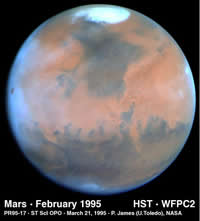
This page is the start of the tour which explains the history of Mars exploration. Use the navigation button at the top of the page to move through the tour. To go to the next page, just press the forward
...more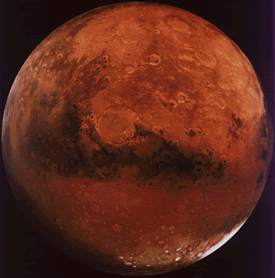
This page is the start of the tour which explores the history of Mars' climate. Use the navigation button at the top of the page to move through the tour. To go to the next page, just press the forward
...more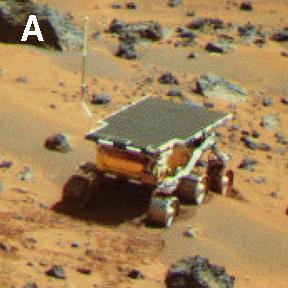
This is a visual tour of photographs taken by the Mars Pathfinder and Mars Global Surveyor missions. Use the navigation button at the top of the page to move through the tour. To go to the next page, just
...more
This page is the start of the tour which explains the carbon cycle of Mars. Use the navigation button at the top of the page to move through the tour. To go to the next page, just press the forward link
...more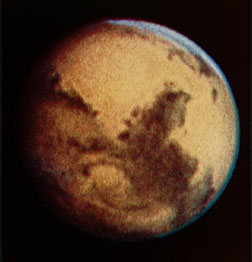
Mars is much like Venus-- it's very bright and therefore easily spotted in the night sky. Because of this, we don't know who exactly discovered Mars. We do know it was named after the Roman god of war,
...more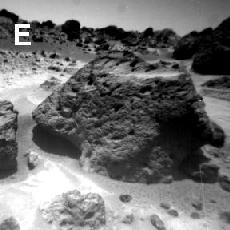
The surface pressure of Mars is about 1/150th that of the surface pressure of the Earth. This means that there are much fewer molecules in the atmosphere. This means that the atmosphere near the surface
...more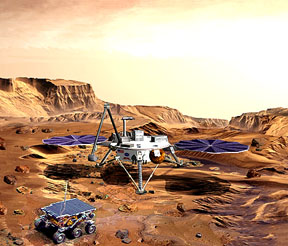
If approved, the Mars 2003 mission will have two important parts. The first is the Mars Surveyor 2003 Lander, which will be launched sometime between May 27, 2003, and June 17, 2003. The lander will use
...more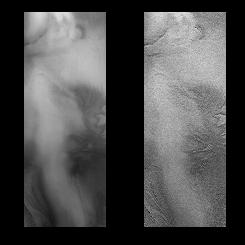
This image of a potential landing site for the Mars '98 mission was provided by the Mars Global Surveyor mission. The landing site was suppose to be in the south polar region of Mars. In the image, ground
...more
 The Surface of the Earth
The Surface of the Earth The Surface of Mars
The Surface of Mars Comparing the Surfaces of Earth and Mars
Comparing the Surfaces of Earth and Mars The Atmosphere of Mars
The Atmosphere of Mars Life on Mars??
Life on Mars?? Mars Exploration
Mars Exploration Water on Mars
Water on Mars Mars Climate, Now and In the Past
Mars Climate, Now and In the Past Picturebook: Mars Pathfinder/Global Surveyor
Picturebook: Mars Pathfinder/Global Surveyor Exploratour - Carbon Cycle of Mars
Exploratour - Carbon Cycle of Mars Exploratour - The Magnetosphere of Mars
Exploratour - The Magnetosphere of Mars












